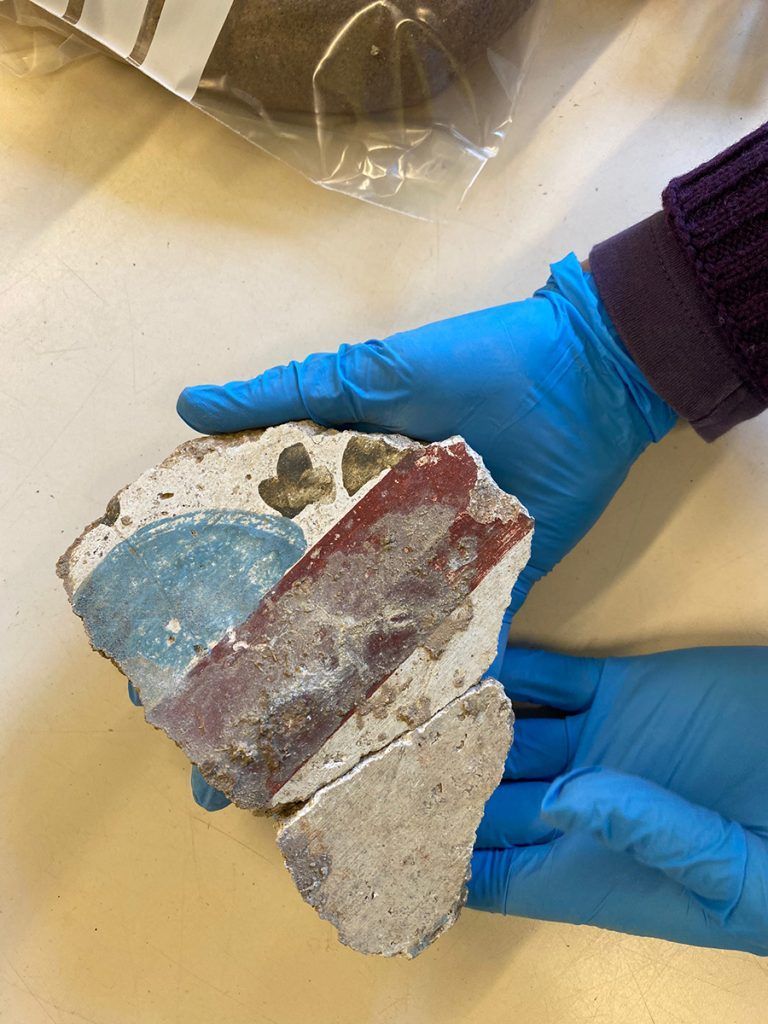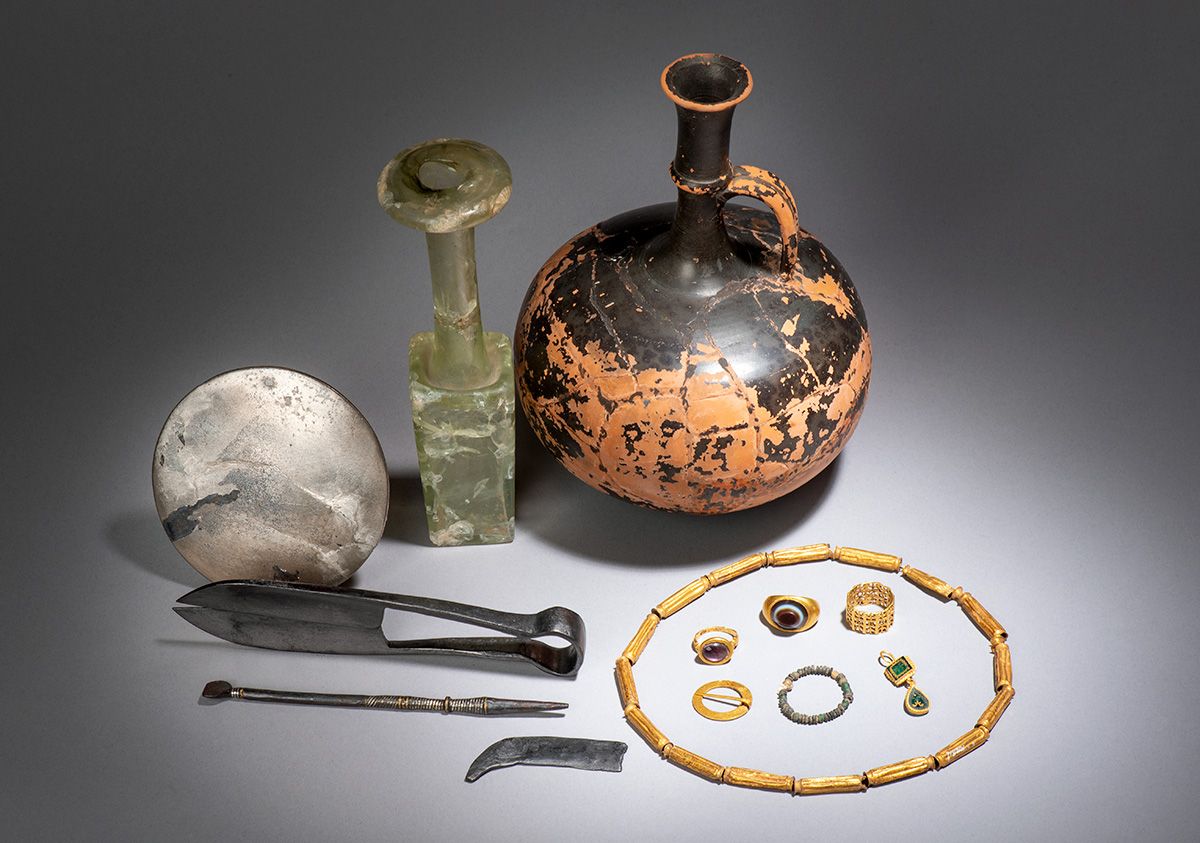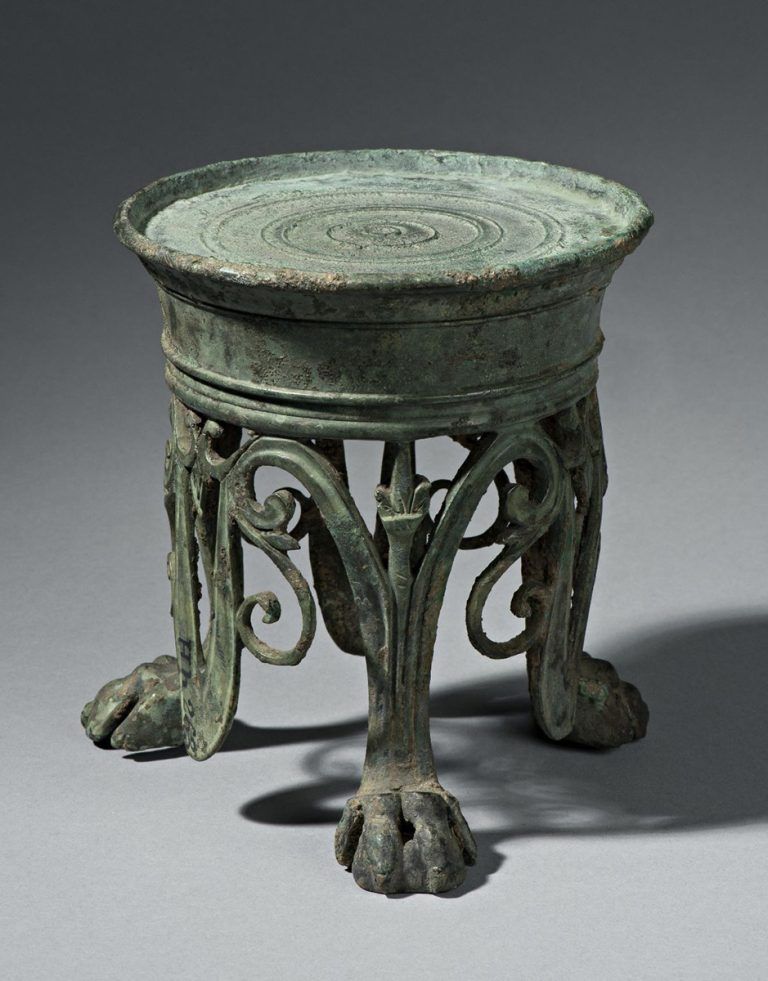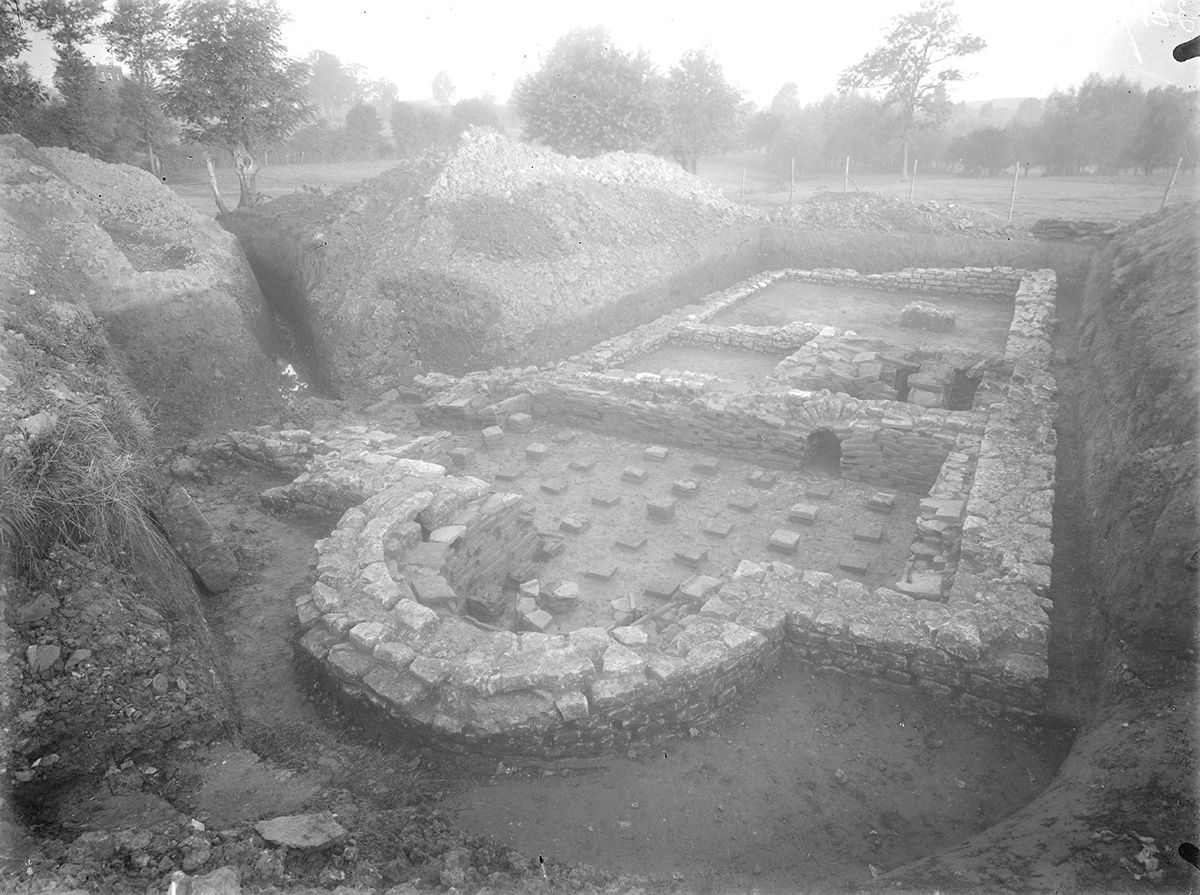Research on Roman 'country estates'
Summary
It is a little-known fact that there were many villas in Limburg in the Roman era – the largest concentration in the Netherlands at the time. The Roman term ‘villa’ was roughly equivalent to ‘country estate’. These country estates functioned as arable farms, and played a key role in the food supply to the Roman cities and the army. The Limburg Museum, the Thermenmuseum and the National Museum of Antiquities of the Netherlands manage a wealth of excavated material about this important part of our history, but it has yet to be developed or published.
The aim of this project, which is being carried out with the support of the Mondriaan Fonds, is to open up old villa excavations, possibly to do new field research and to present the results. It is being carried out in collaboration with the Cultural Heritage Agency of the Netherlands, which manages various villa sites in South Limburg. Rather than a single site, the research and exhibition focus on a deeper and broader understanding of the entire villa landscape in Limburg. Playing a key role in this story are the villas as agricultural enterprises and the villa inhabitants: what can we say about their identity and the relations between them?
- Until 25 August 2024, the National Museum of Antiquities will present the results of the research project in the temporary exhibition Roman villas in Limburg.
- During the congress on Roman villas, on Monday 27 May 2024, specialists from various disciplines exchange knowledge about their most current research into Roman villas in Northwest Europe.
The Roman villa landscape in Limburg
Limburg occupies a special place in the Roman-era Netherlands. Whereas dwellings in the rest of the country largely consisted of clusters of wooden farmhouses, Limburg, especially the southern part of the province, was home to dozens of Roman villas. They formed part of a villa landscape that stretched over the fertile loess soil of Northwestern Europe. In this context, we are referring to villae rusticae or arable farms, which aimed to achieve maximum yields from the cultivation of grain in the exceptionally fertile soil of Limburg. The profits were invested in the architecture of the main villa building, among other things, whereby it took the appearance of a country house. It was in this way that the villa owner ‘communicated’ his social status.
The inhabitants
As we know little about the inhabitants of the Roman villas in Limburg, particular attention is paid to them in this project. We do know the names of a few villa residents, but they are the exceptions. The inhabitants included the owners, farm workers and their families. Some of them will have been enslaved people. The graves near the village can tell us much about who the residents were. Many villas appear to have developed from indigenous settlements. There were major differences in the development of the buildings and there were many variants, ranging from monumental complexes to simple farmsteads. This diversity was undoubtedly related to the background and social status of the villa owners.
Research and excavations
The research on Roman villas in Limburg began in the second half of the nineteenth century. From the early twentieth century, the National Museum of Antiquities held excavations of Roman villas in Limburg, often in successful collaboration with local researchers. By 1955, around twenty Roman villas had been excavated in all. Many finds and excavation documents were taken to Leiden at that time, where they have been kept to this day. Others remained in Limburg, and can be seen at the Limburg Museum in Venlo and the Thermenmuseum in Heerlen, among others.

Mural from the villa 'Mook-Plasmolen'

Objects found in the sarcophagus of Simpelveld
Recent research: larger villa complexes
In recent decades, new research on the villas has been structured differently from the old excavations. In today’s excavations, larger sites are investigated, the researchers also look beyond the foundations of the main buildings, and attention is not focused on ‘luxury’ finds alone. As such, it is striking that a Roman villa was more than just a central building: the premises also included storage buildings, secondary living quarters, stables, workshops and a pond. Sometimes a villa complex was enclosed and the grounds could only be accessed through an entrance gate. Many villas were preceded by a wooden building. The villa complexes were thus larger and more diverse than previously thought. Their development was also different from that previously assumed.
Previous research projects
In the period 2006-2010, a large research project led by Nico Roymans (VU Amsterdam) was carried out on the Roman villa landscapes of Northwestern Europe, including Limburg. During this project, it was noted several times how much remains to be learned about this area. In 2018, a research project was launched on the Roman villa of Voerendaal-Ten Hove, led by the Limburg Museum and in cooperation with the Cultural Heritage Agency of the Netherlands and the Province of Limburg. The villa had been excavated in 1984-1989, but the findings had yet to be developed. The scientific research has recently been published.
Current themes
The new project pays particular attention to current themes, such as identity, ethnicity, gender and inclusiveness. In relation to Roman villas, such themes have hardly been explored by archaeologists in the Netherlands to date. Women’s roles are barely visible, for example, despite the fact that many of the rich graves from Limburg are those of women. A good example is the lady buried in the ‘sarcophagus of Simpelveld’. Her tomb also contained a stylus, an indication of literacy and the possibility of keeping the villa’s accounts. It is thus not inconceivable that the lady of Simpelveld was herself the owner of the villa, not ‘the wife of’. The presence of enslaved people is another theme that needs to be explored in more depth. And perhaps most ground needs to be made up in relation to our assumptions about the owners of the estates: there are strong indications that they were not ‘Romans’ from elsewhere, but in fact local people.
Local people and veterans
As a result, the research on the villas and the exhibition do not focus exclusively on Roman elite culture, but also consider local people and their integration into the Roman empire. Nor is it inconceivable that Roman veterans, possibly auxiliaries (with a different ethnic background from ‘Romans’), played a more important role in the development of the Roman villa landscape in South Limburg than previously thought. Research into these new perspectives offers a more inclusive approach to the Roman villa landscape. Compared to other disciplines in the study of Roman times, the gaps in our understanding of the Roman villas largely stem from our need for a firmer basis: an analysis of the excavated material.
Four focus areas
To fill this gap, the new villa project is focusing specifically on:
- Analysing the old excavation documentation in the archives of the National Museum of Antiquities, the Limburg Museum and the Thermenmuseum, including information from more recent excavations, aerial photos and geophysical research and new exploratory research to be carried out at one or more villa sites.
- Working on the associated excavated material in the museum depots, with a particular emphasis on analysing the large number of Roman frescoes.
- Making 3D models of several representative villa plans, to be used both for additional research and for exhibitions, publications and panels in the landscape.
- Gathering and analysing information about the Roman graves that have been found near a villa.

Bronze standard from the villa 'Heer Backerbosch'

The excavation of a Roman bathhouse at the 'villa of Lemiers' (early 20th century)